The issue seems simple, but public opinion in Japan is giving many conflicting opinions.
Changing Shoes Tradition in Japanese Schools
For decades, Japanese children have maintained the habit of changing their shoes as soon as they enter the school gate. Instead of walking straight into the classroom in their street shoes, they remove their outdoor shoes and replace them with soft plastic slippers called uwabaki . These slippers are worn indoors only to keep the classroom, hallways, and common areas clean. Each student has a small compartment at the school entrance to store their uwabaki when not in use.
This habit not only comes from the need for hygiene but also reflects a typical Japanese cultural trait. In Japan, people often take off their shoes when entering a house to avoid bringing dirt from outside. Similarly, traditional buildings, restaurants with tatami floors or offices also require people to change to indoor shoes. This contributes to creating a cleaner and tidier space.
However, the practice of changing shoes in schools is changing dramatically. Many schools, especially in Tokyo, have begun to phase out uwabaki and allow students to wear outdoor shoes to class. This raises many questions about the necessity of this tradition in modern educational environments.
New trend: Keep or abandon uwabaki ?
Tokyo’s Minato Ward is leading the way in eliminating uwabaki in its public school system. Of the ward’s 19 elementary schools, 18 have decided to no longer require students to change into their shoes when entering class. The new policy, called issokusei , allows students to wear outdoor shoes throughout the school day, instead of having to change into uwabaki as before.
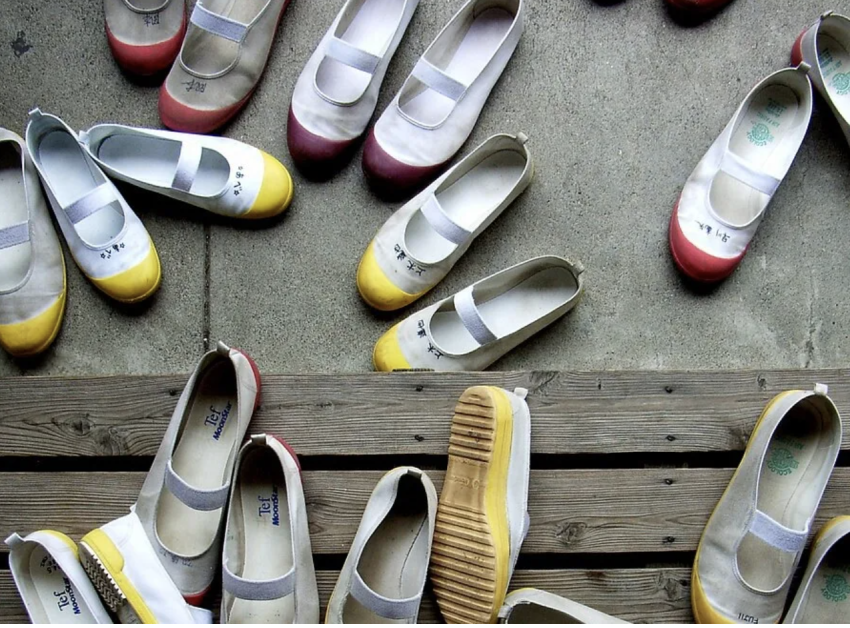
The issue seems simple, but public opinion in Japan is giving many conflicting opinions. IG.
According to the Minato Ward Board of Education, the main reason for this decision is related to the rapid increase in the number of students. Twenty years ago, the area had only about 10,700 children between the ages of 5 and 14. However, by April 2024, that number had nearly doubled to nearly 24,000. The increase in student numbers means that schools are becoming more crowded, which requires more efficient use of school space. Instead of dedicating large areas to shoe lockers, many schools have decided to use that space for more important purposes.
Shibahama Elementary School Principal Naoto Miyazaki said that eliminating the shoe-changing rule saves students and teachers time each morning. Not having to change shoes reduces congestion at the school entrance and allows students to get to class more quickly. He also stressed that regular shoes help students move more safely in emergencies. In the event of an earthquake or evacuation, students can run faster and avoid the risks of uwabaki not being sturdy enough to walk outdoors.
However, not changing shoes also raises concerns about hygiene in schools. One of the main reasons why uwabaki have been used so far is to prevent dirt, mud, and other impurities from being brought into the classroom by students. In particular, areas such as cafeterias and libraries need to be kept clean to ensure the best learning and living environment.
However, in many other places in Japan, such as offices, stores, and even restaurants, customers and employees can wear shoes outdoors without being considered unhygienic. In urban and suburban areas, students often do not have to walk on extremely dirty roads, making it less necessary to change shoes.
Although most schools in Minato have changed their policies, Aoyama Elementary School has kept the uwabaki changing policy. The school's principal, Akiko Kani, said that changing shoes is not only about hygiene but also about the students' psychology. According to her, when students change into uwabaki , they feel a shift from a relaxed state outside to a more focused state of learning. This contributes to creating a more serious and orderly learning environment.
Source: https://danviet.vn/vi-sao-tre-em-nhat-ban-thay-giay-khi-vao-truong-hoc-20250219174244307.htm








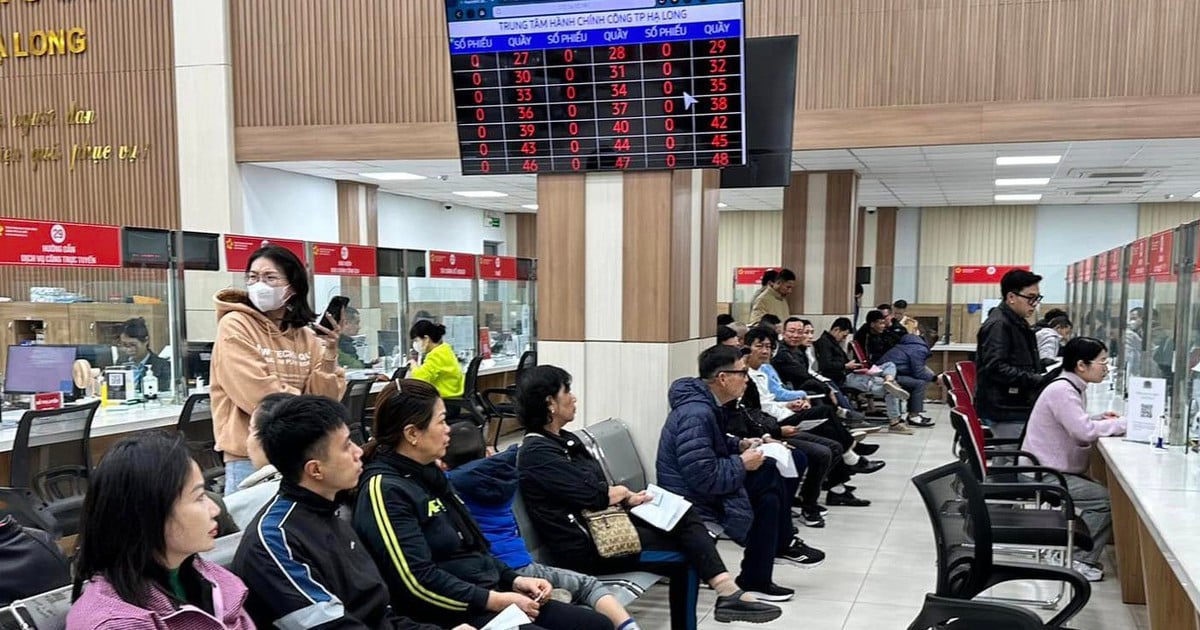





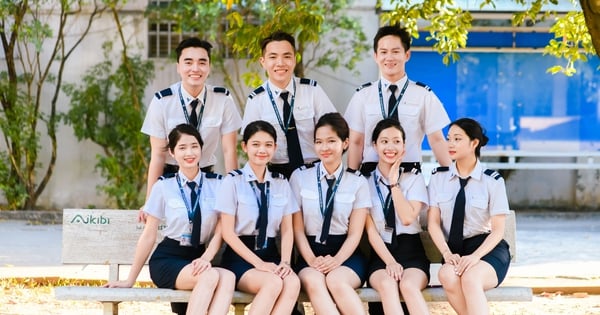




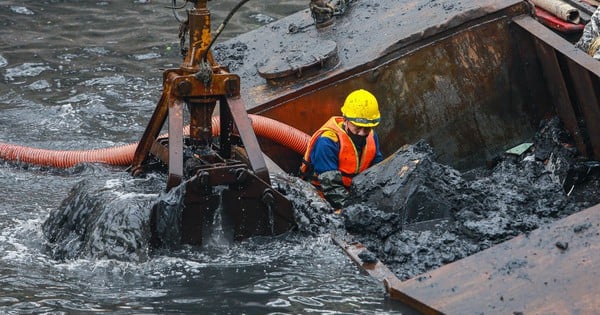


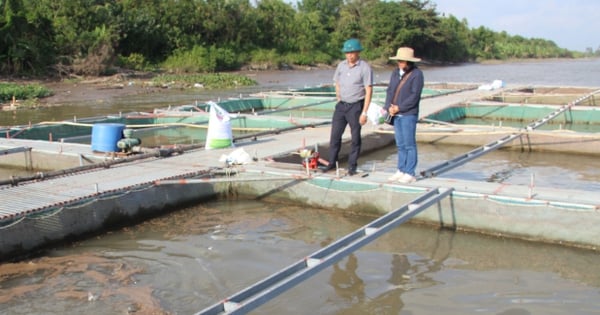



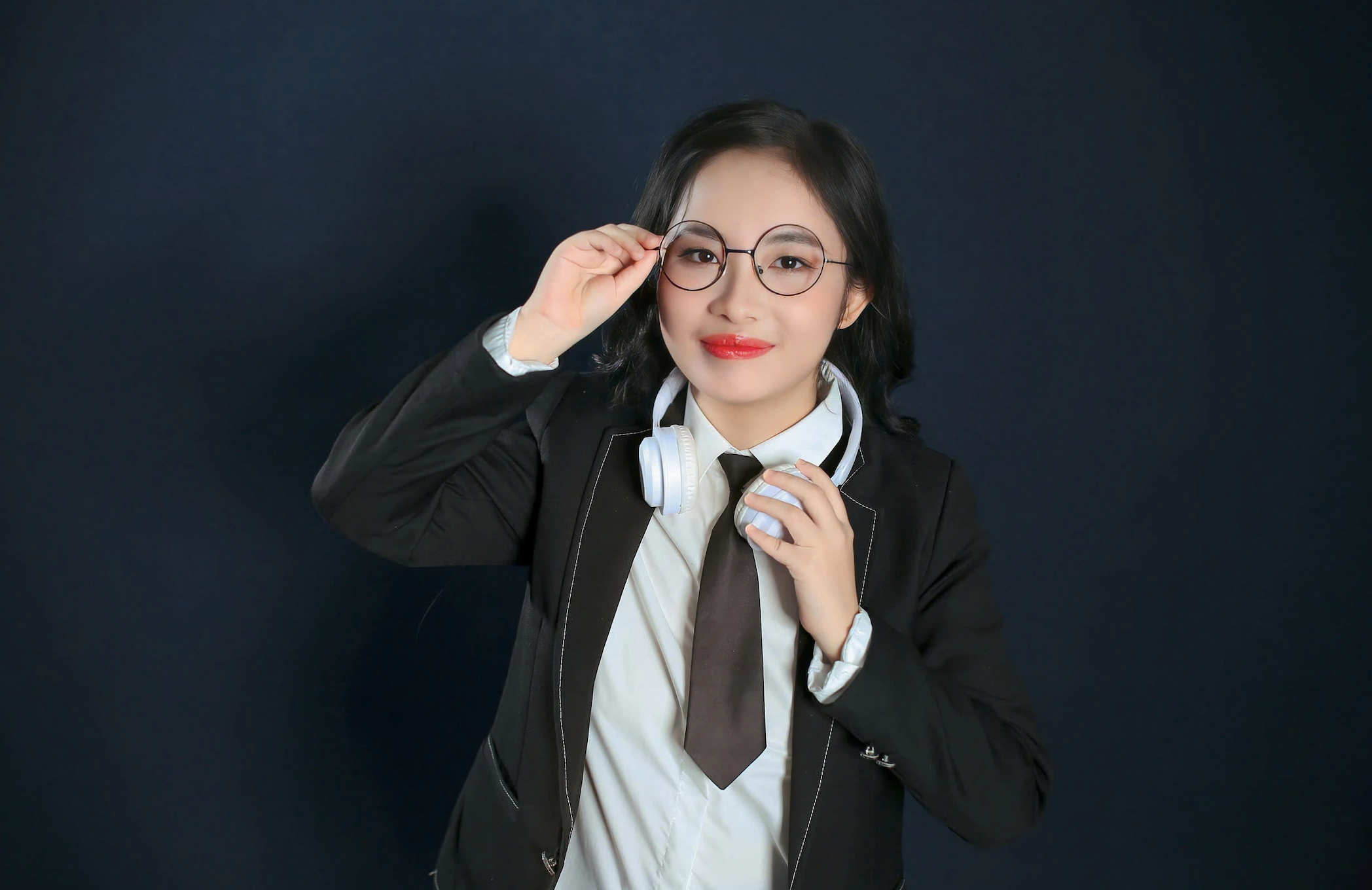


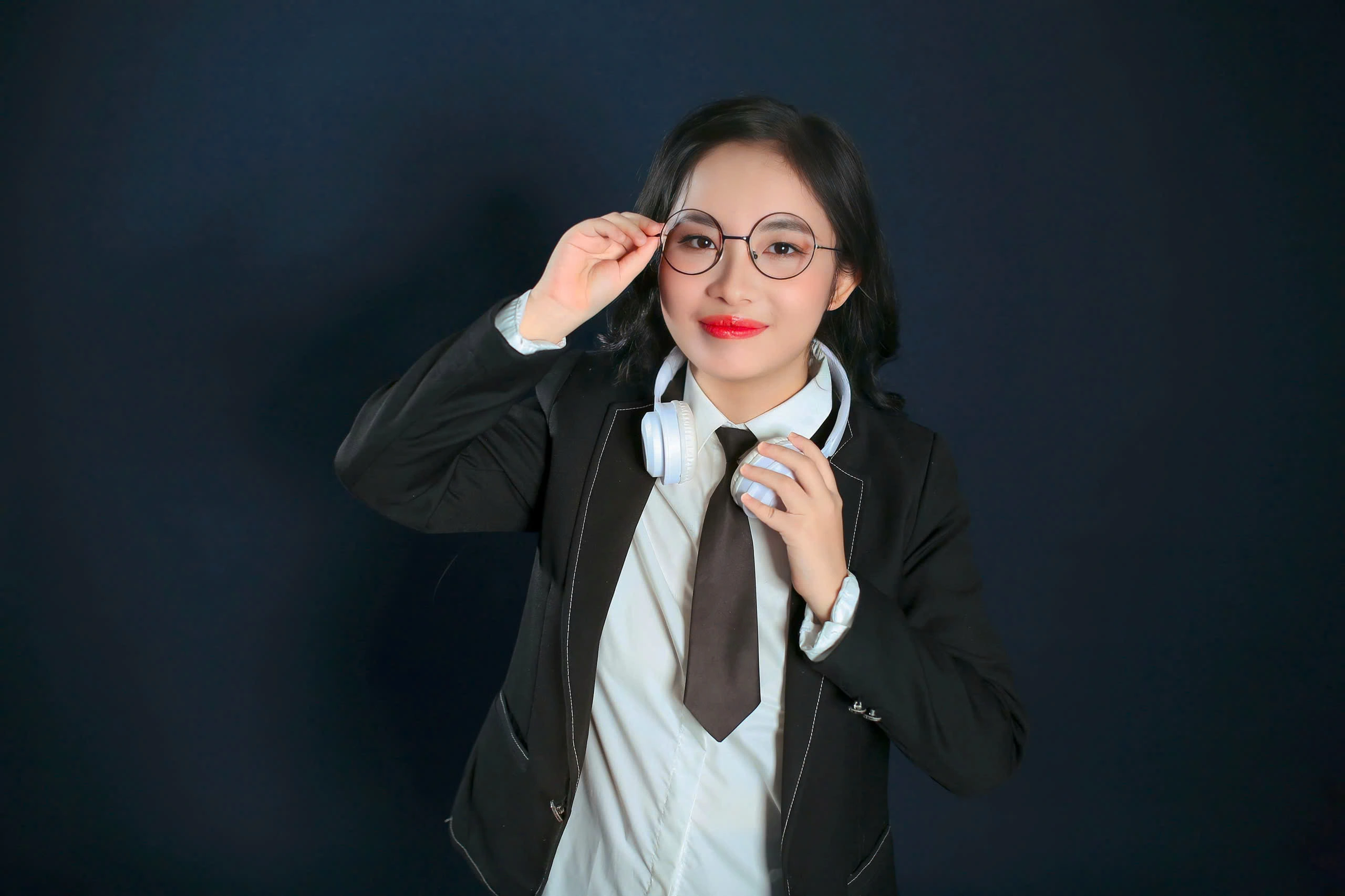


Comment (0)